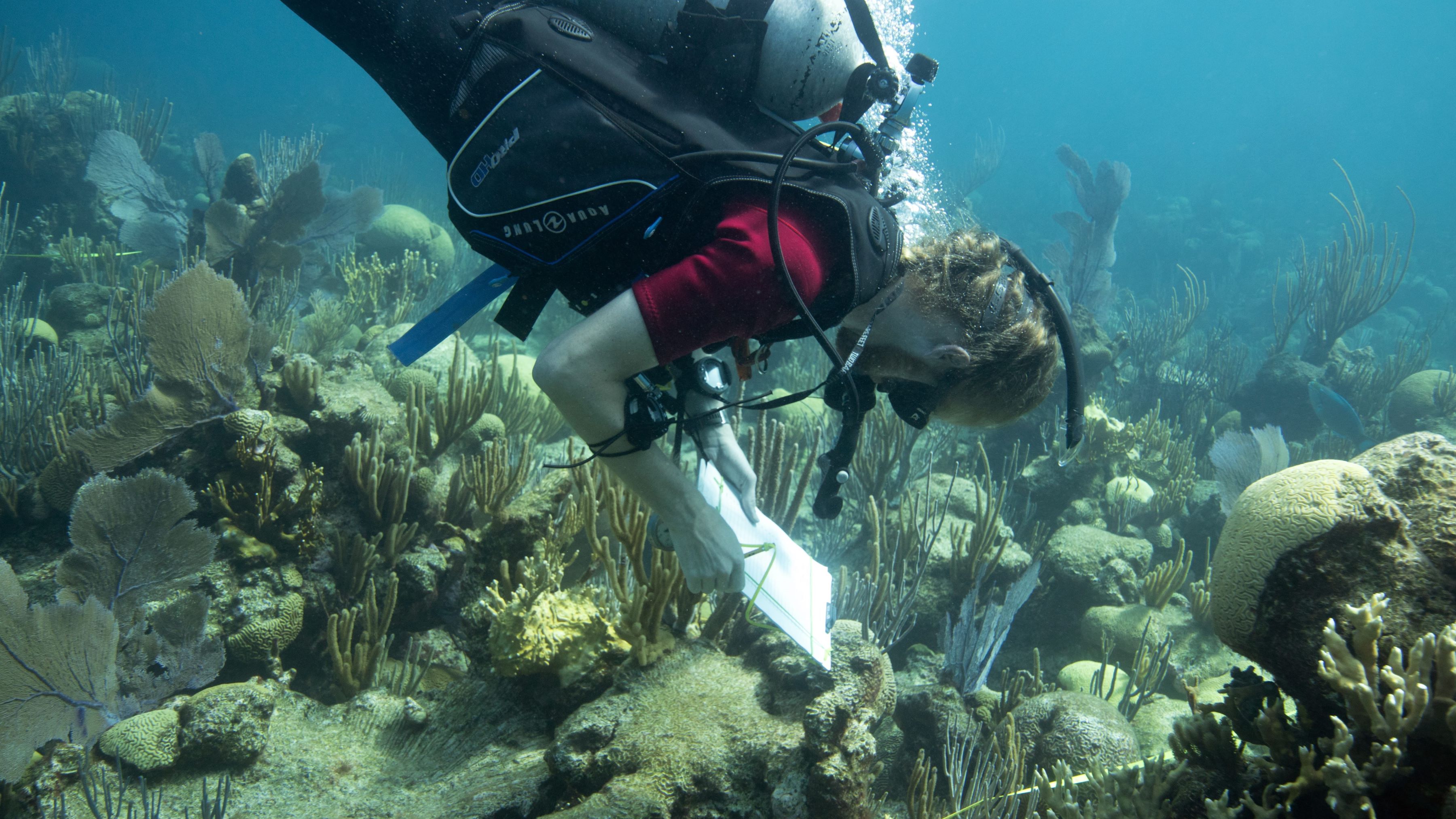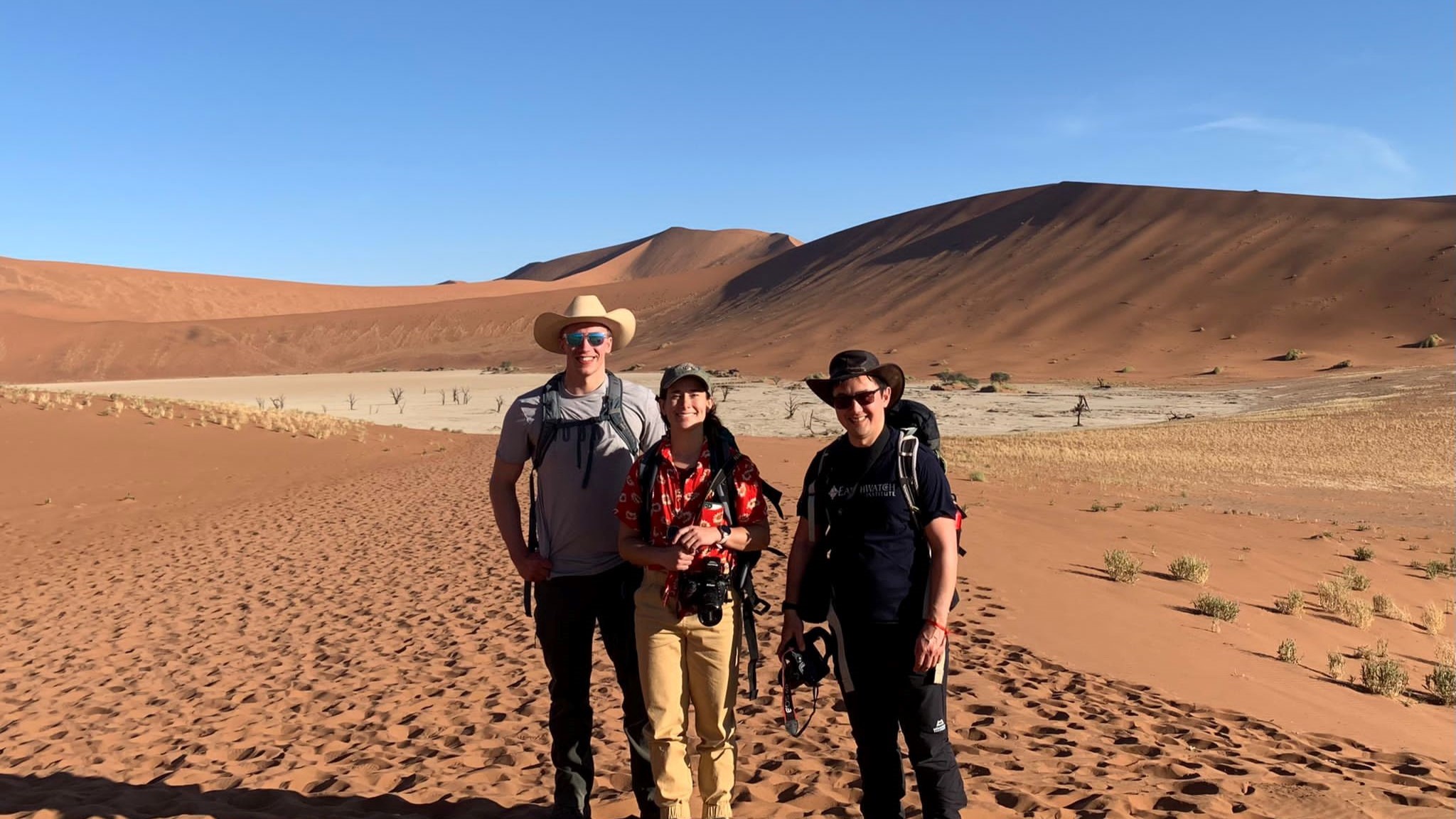This summer Carrie Soderman, Owen Weller and Charlie Beard headed to Greenland to investigate how metals critical for green technologies form.
Rare earth elements (REEs) are classed as ‘critical metals’ in modern society, meaning a group of metals and minerals that cannot be easily substituted in technology but whose supply is at risk. In particular, the REEs are a vital part of green energy transition technologies, such as the magnets that go inside motors for wind turbines and electric vehicles. Demand for these elements is therefore expected to increase rapidly in the coming decades.
Continue reading “From magma to magnets: a summer of fieldwork in Greenland investigating critical metal behaviour in alkaline intrusions”








